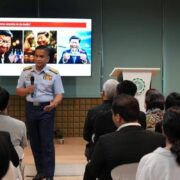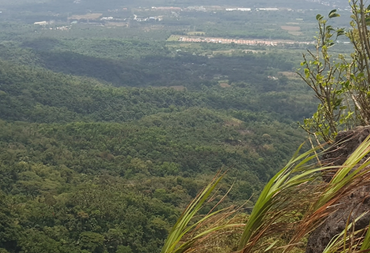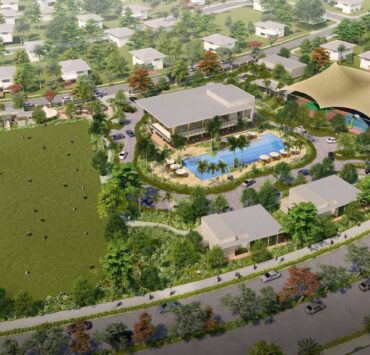Baguio beyond the beauty
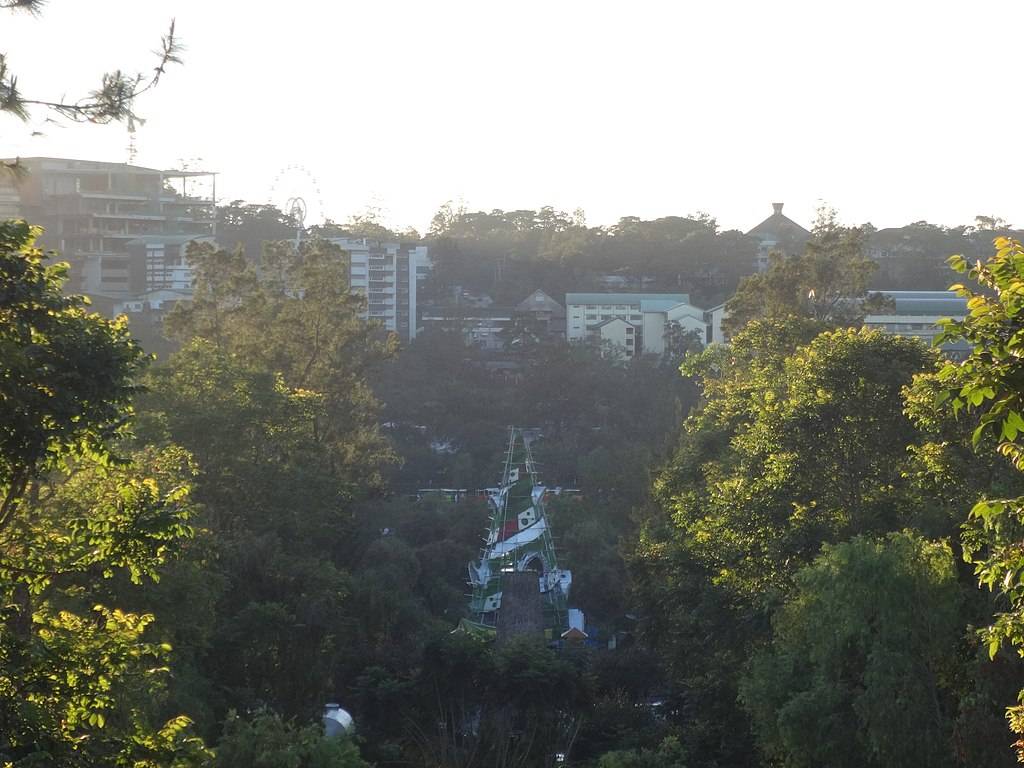
Dubbed the “Summer Capital of the Philippines,” Baguio has always been the go-to place for vacationers looking to enjoy cold mountain weather. Despite its moniker, the city usually enjoys a heavy influx of visitors all year round, even during the chilly Christmas season.
The weather, however, is not the only reason Baguio is so beloved by many. Its rich history, interesting culture, and exciting opportunities are also reasons why so many people visit and why others never leave.
Baguio was the first city in the country to be declared a member of the Creative Cities Network by the United Nations Educational, Scientific and Cultural Organization (Unesco), along with the likes of Cairo in Egypt and Carrara in Italy. It also hosts several heritage sites that are more than a century old.
Today, let us explore Baguio City without leaving our seats. From its extensive history to its exceptional landmarks, the beautiful City of Pines ought to be your next destination, if not your next home.
Colonial history
The site that is now Baguio was once called Kafagaway and was once ruled exclusively by the Kankaney and Ibaloi tribes of the Cordilleras.
For centuries, this mountainous territory successfully kept out the Spaniards, from Juan Salcedo in 1572 to Don Q.M. Quirante in 1694. In 1846, however, Commandante Guiilermo Galvey was able to establish a military garrison and renamed the area “La Trinidad” after his wife.
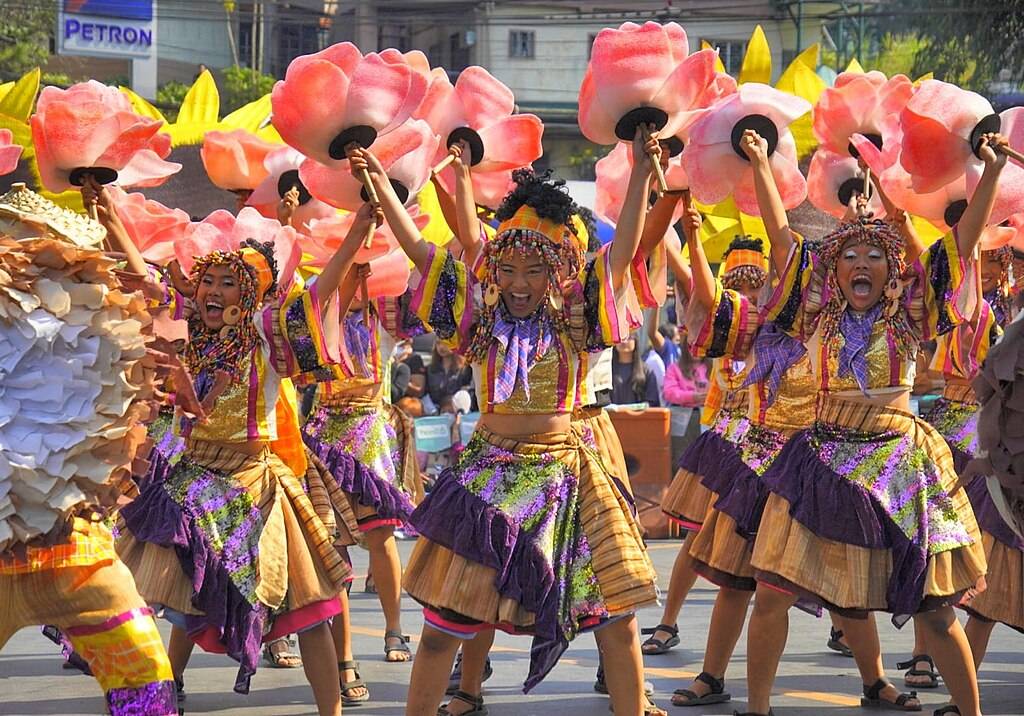
Eventually, his group was able to put up several houses and camps in the area. The new inhabitants eventually introduced coffee farming to the fertile land and curious villagers, turning Benguet into the coffee lover’s haven that it is today.
When the Americans came at the end of the 19th century, Baguio remained a valuable asset to the new colonizers. With its cool climate and gorgeous scenery, the city was one of the few places that barely registered Spanish influences in terms of architecture and urban planning.
Daniel Burnham, the esteemed American architect behind downtown Washington D.C., was so enamored by the city that he basically volunteered to design it for free.
Through his efforts, streets were developed to bring in direct sunlight into homes, and parks were created for people to relax in. While many of his designs were never realized, Burnham Park, Baguio Cathedral, Burnham Park Hotel, and the Philippine Congress Session Hall are all attributed to him and his associates.
Devastating tragedy
During World War II, Baguio was quickly declared an open city in 1941 after Camp John Hay was bombed by the Japanese Imperial Army. The Japanese occupied the city easily and turned the US bases in it into their military garrisons.
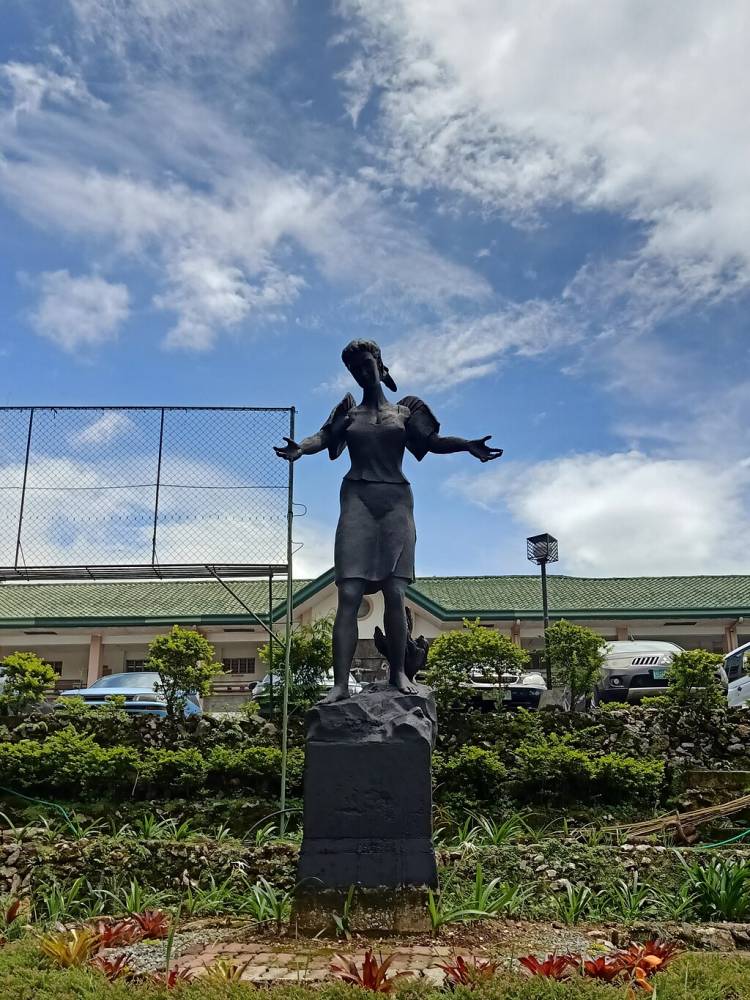
Four years later, through the combined efforts of the American and Filipino forces, the Japanese eventually surrendered. Baguio became the final site of the Japanese people’s unconditional surrender, marking the end of World War II in the Philippines.
The city had suffered massive damage due to attacks and bombings. But Baguio gradually recovered and became a commercial, educational, and recreational center of the Cordillera Region.
In 1990, 2the city suffered another devastation in the form of a 7.7 magnitude earthquake. Buildings and homes were ruined and many locals set up temporary shelters in public areas like Burnham Park. Baguio was dubbed the “tent city” due to this setup.
Despite these catastrophic losses, the city remained resilient. Gradually, people were able to rebuild their homes and livelihoods.
Today, Baguio stays true to its image as the “Summer Capital” of the country. While some areas of the city still bear reminders of its tragic experiences, Baguio has managed to rise above the ashes and continue its path to progress.
Modern marvels
Baguio is one of the busiest cities outside Metro Manila. Improved transportation modes and infrastructure have eased the travel from Manila to as little as six hours. Many families have chosen to relocate to the city due to its fine weather and job opportunities.
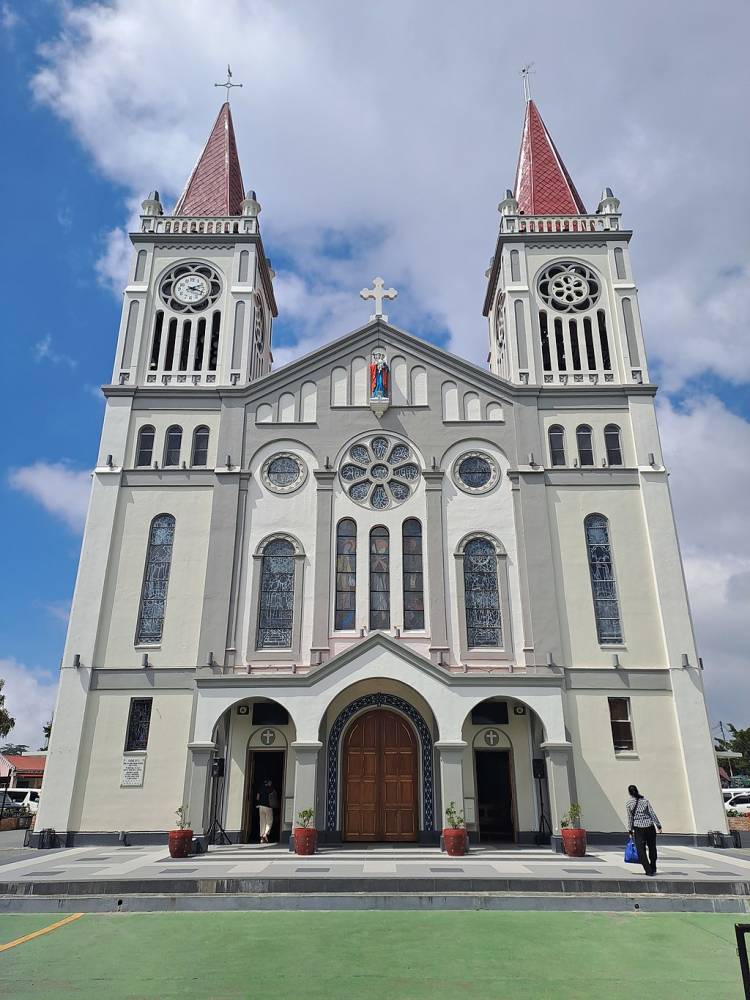
The city offers some of the most exceptional schools in the North of Luzon. Tertiary institutions such as the University of the Philippines Baguio Campus, Saint Louis University, and University of the Cordilleras boast high performance rates in various licensure exams. The Philippine Military Academy, the training ground of many of our country’s leaders and military officers, also calls the City of Pines its home.
In terms of institutional offerings, Baguio features several private hospitals and the Baguio General Hospital and Medical Center, which is operated by the Department of Health. The Baguio City Health Services, the government’s enforcer of health care programs, also ensures the wellness of residents with its 16 health centers and 15 satellite clinics.
With its bustling economy, exceptional schools, and prime health services, Baguio is one of the best places to settle in in northern Luzon.
Exciting times ahead
From pre-colonial times to the modern era, Baguio has consistently been praised for its natural features and resilient people. The mountainous city offers a lot of opportunities in terms of work, education, and entrepreneurship.
If you’re looking to build a new future outside of Metro Manila, consider living in the city that has managed to build itself again and again in the face of adversities.
Beyond its touristic charms, Baguio provides various avenues for you to reconnect with your family, nature, and even your goals. Head over to the City of Pines today and discover the best life waiting for you in Baguio City.
Sources: https://new.baguio.gov.ph; https://www.esquiremag.ph; LMP 2001, patrickroque01, Charrie Anne Nacor and Bsbt osas via Wikimedia Commons
A Filipino architect who has a Master's Degree in Interior Design of Commercial Spaces from IED Barcelona, Spain and with twelve years' worth of experience under the tutelage of Filipino architectural firms.








